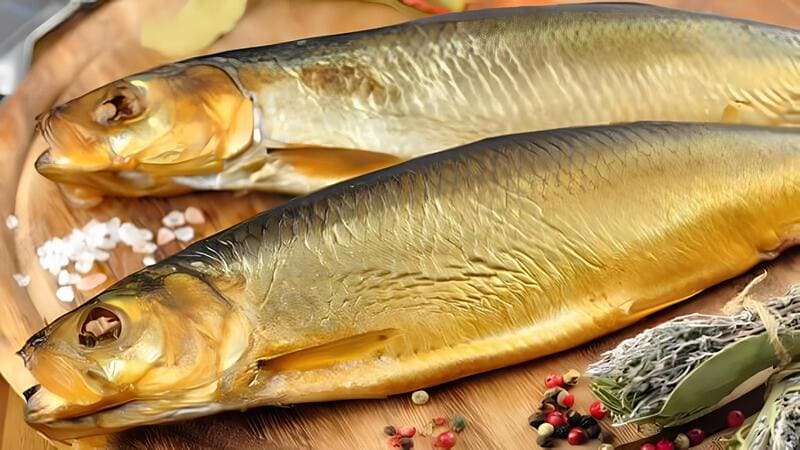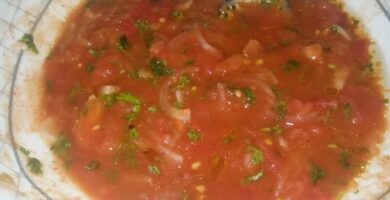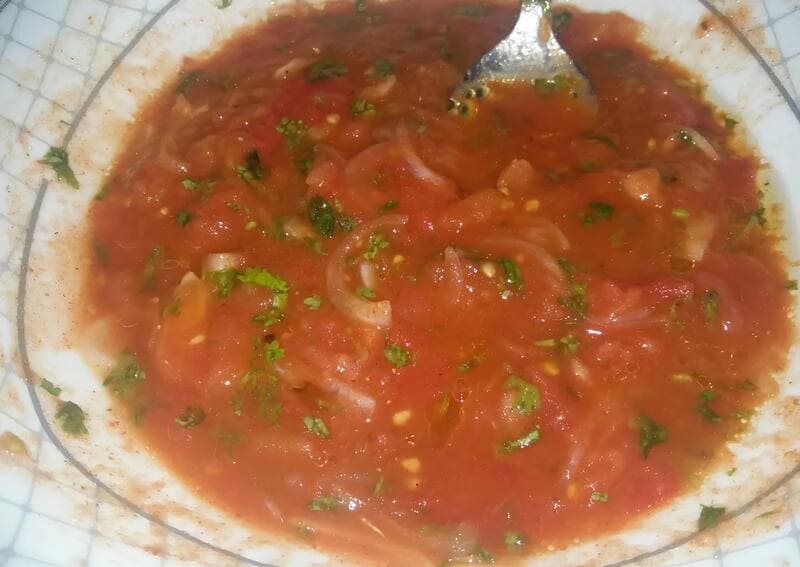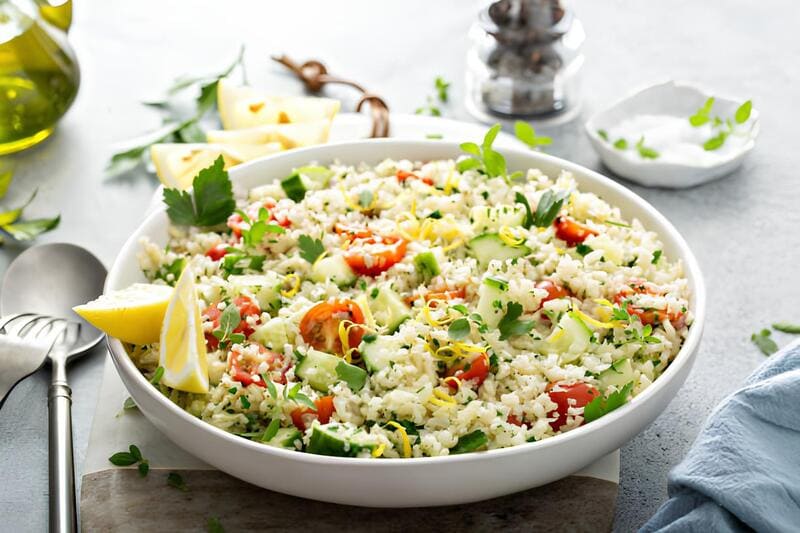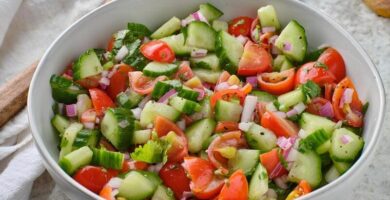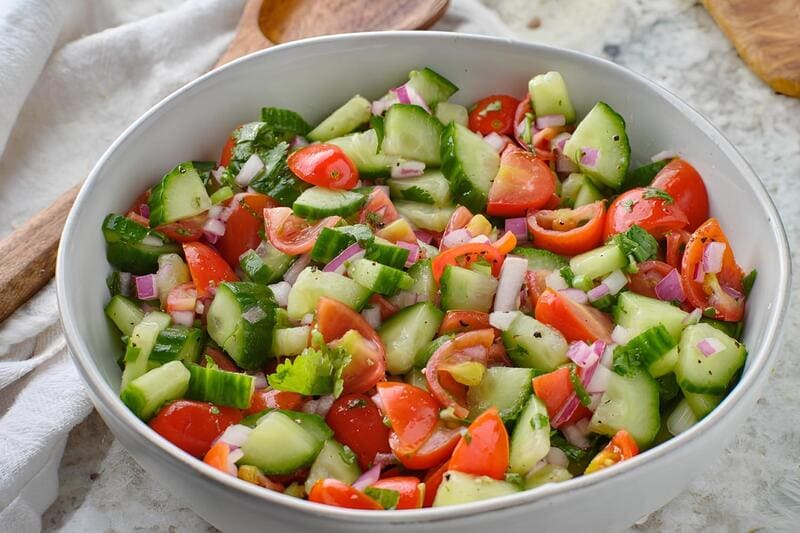
The Date Cake, known for its rich and moist texture, holds a significant place in Egyptian and Middle Eastern cuisine. This old-fashioned recipe, often enjoyed during the colder months, combines the natural sweetness of dates with the warmth of cinnamon and cardamom, creating an inviting aroma that permeates the home.
This recipe is simple and easy to follow, ensuring even novice bakers can achieve a delectable result. The addition of a homemade toffee elevates the cake, making it irresistibly sticky and delightful. Perfect for family gatherings or as a comforting winter treat, it encapsulates the essence of Arabic hospitality and tradition.
Ingredients
For the Toffee
- 1.5 cups sugar
- 50 grams butter
- 250 grams sweet cream
- 0.5 tsp sodium bicarbonate (baking soda)
For the Cake
- 11 dates, pitted
- 1 cup hot water
- 0.5 tsp sodium bicarbonate (baking soda)
- 4 eggs
- 1 tsp vanilla powder
- 1 cup sugar
- 0.75 cups vegetable oil
- 0.5 cups warm milk
- 2.5 cups flour
- 3 tsp baking powder
- 0.25 tsp salt
- 1.5 tbsp cinnamon
- 1 tsp ground cardamom
- 0.5 cups finely chopped walnuts
- Extra flour and ghee (or vegetable oil) for greasing the mold
Preparation
- To make the toffee, heat 1.5 cups of sugar in a pot over high temperature. Shake the pot occasionally until the sugar begins to liquefy, then reduce the temperature to medium and continue stirring until fully melted.
- Add 50 grams of butter to the melted sugar, stirring continuously to avoid lumps.
- Gradually add 250 grams of warm sweet cream, stirring until the mixture is well combined.
- Add 0.5 tsp of sodium bicarbonate to the toffee mixture and keep stirring as it boils. Remove from heat and let it cool.
- To prepare the dates, pit 11 pieces and soak them in 1 cup of hot water mixed with 0.5 tsp of sodium bicarbonate.
- In a separate bowl, whisk 4 eggs with 1 tsp of vanilla powder and 1 cup of sugar at low speed, increasing it until the mixture is creamy. The eggs should be at room temperature.
- Add 0.75 cups of vegetable oil and continue whisking, followed by 0.5 cups of warm milk. Whisk for another minute.
- In another bowl, sift 2.5 cups flour, 3 tsp baking powder, and 0.25 tsp salt. Add 1.5 tbsp cinnamon and 1 tsp ground cardamom to the dry mixture.
- Blend the soaked dates until smooth and add to the egg mixture. Whisk together for one minute.
- Gradually add the dry ingredients to the wet mixture, mixing in batches. Fold in 0.5 cups of finely chopped walnuts.
- Grease a cake mold with ghee or vegetable oil and lightly flour it. Pour the batter into the mold.
- Bake the cake in a preheated oven at 180°C (350°F) for 45 minutes. Check for doneness before removing from the oven.
- Allow the cake to cool for 10-15 minutes, then serve with the cooled toffee and additional walnut garnish if desired.
Did you know?
The Date Cake, also known as “Lebanese date cake” or “Middle Eastern sticky date cake,” is a beloved dessert across the Arabic-speaking world. Dates, one of the primary ingredients, have been a staple in the Middle Eastern diet for thousands of years, symbolizing hospitality and prosperity. These fruits are rich in fiber, vitamins, and natural sugars, making them a nutritious sweetener.
Cardamom and cinnamon, often used in this recipe, were historically prized for their medicinal properties and ability to preserve food. The toffee, with its origins in Arabic cuisine, adds a modern twist, enhancing the cake’s moist and sticky texture. This cake is not only a treat but also a testament to the region’s rich culinary heritage, merging ancient ingredients with contemporary baking techniques. Sharing this cake is a way to connect with the rich tapestry of Egyptian and Middle Eastern culture.


